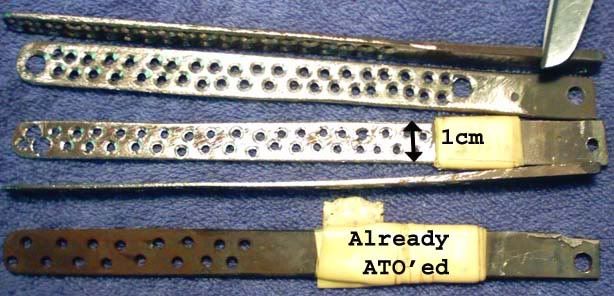
| Quote: |



| Quote: |
 Ammonium perchlorate is easily
converted to perchloric acid for which metal perchlorates can be made. I had a nice nickel deposit from a nickel perchlorate solution I electroyzed
with no buffers or additives.
Ammonium perchlorate is easily
converted to perchloric acid for which metal perchlorates can be made. I had a nice nickel deposit from a nickel perchlorate solution I electroyzed
with no buffers or additives. 


| Quote: |

| Quote: |
 !!!!!!!!!
!!!!!!!!!| Quote: |
 <br><p>
<br><p>
 a great LD coating.. very smooth... no bumps(how did you
do that BTW?)
a great LD coating.. very smooth... no bumps(how did you
do that BTW?)

 .
. )
)